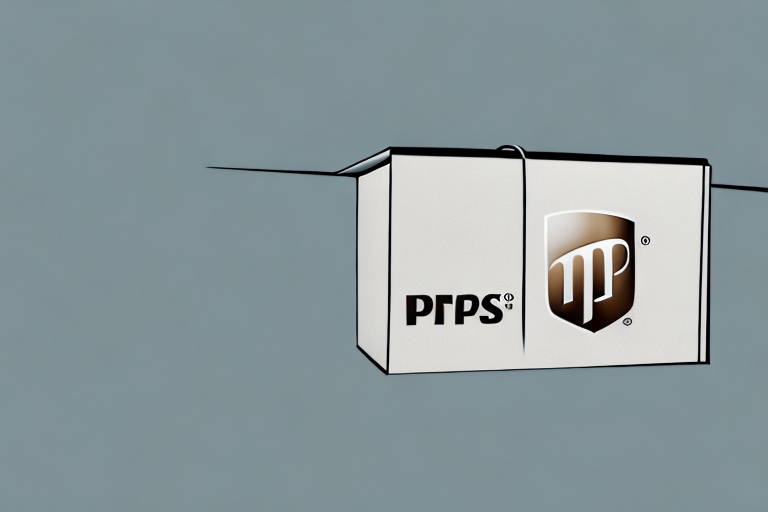Understanding UPS Boxes
UPS, or United Parcel Service, is a leading American multinational package delivery and supply chain management company. With operations in over 220 countries and territories, UPS handles millions of shipments daily, making it a critical player in global logistics.
Basics of UPS Boxes
UPS boxes are crafted from durable materials like cardboard to protect contents during transit. The company offers a wide range of box sizes tailored to diverse shipping needs, categorized by weight, dimensions, and the type of items being shipped. Selecting the appropriate box size is essential to ensure safe and secure delivery, especially for fragile or valuable items.
Types of UPS Boxes
UPS provides several standard box types:
- Small Box: Measures 13" x 11" x 2" – ideal for small and lightweight items.
- Medium Box: Measures 16" x 11" x 3" – suitable for moderately sized items.
- Large Box: Measures 18" x 13" x 3" – designed for larger and heavier items.
- Extra Large Box: Measures 24" x 18" x 24" – accommodates bulky and heavy shipments.
In addition to these, UPS offers specialty boxes like wardrobe boxes for clothing, guitar boxes for instruments, and laptop boxes with foam inserts for electronics.
Choosing the Right UPS Box Size
Importance of Correct Box Size
Selecting the right box size is crucial for several reasons:
- Protection: A properly sized box minimizes movement, reducing the risk of damage.
- Cost Efficiency: Avoids unnecessary shipping costs associated with oversized packages.
- Compliance: Ensures adherence to UPS size and weight restrictions, preventing delays or additional fees.
Factors to Consider
When determining the appropriate box size, consider the following factors:
- Item Dimensions and Weight: Measure the length, width, and height of the item. Ensure the box can accommodate these dimensions with additional space for padding.
- Fragility: Delicate items may require larger boxes with ample cushioning materials to prevent breakage.
- Shipping Destination: International shipments may have different size and weight restrictions compared to domestic ones. Refer to Shipment Tracking for specific country regulations.
- Shipping Method: Air shipments often have stricter size and weight limitations. Verify UPS's requirements based on your chosen shipping method.
UPS Box Size Limitations
Maximum Size and Weight
UPS imposes specific limitations on package dimensions and weight to ensure safe handling and efficient transportation:
- Maximum Dimensions: The combined length and girth (where girth = 2 × width + 2 × height) should not exceed 165 inches (419 cm).
- Maximum Weight: A single package can weigh up to 150 lbs (68 kg).
Exceeding these limits may result in additional charges or the need to split the shipment into multiple packages.
Consequences of Exceeding Size Limits
Shipping packages that exceed UPS's maximum size or weight can lead to:
- Additional Fees: Oversized or overweight packages incur extra shipping costs.
- Delayed Deliveries: Larger packages may require special handling, potentially delaying shipment.
- Increased Risk of Damage: Oversized packages are more susceptible to mishandling and damage during transit.
For more details on UPS shipping restrictions, visit the UPS Shipping Restrictions page.
Packing and Shipping Tips
Efficient Packing Techniques
Proper packing is essential to safeguard your items during transit. Follow these tips for efficient packing:
- Choose the Right Box: Select a box that fits your item snugly with enough space for padding.
- Use Quality Packing Materials: Utilize bubble wrap, packing peanuts, or air pillows to fill empty spaces and provide cushioning.
- Secure the Package: Use strong adhesive tape to seal the box securely. Consider reinforcing the box corners for added strength.
- Avoid Overpacking: Do not overload the box, as this can increase the risk of damage and additional shipping costs.
Labeling Packages Correctly
Accurate labeling ensures that your package reaches the intended destination without issues:
- Clear Recipient Details: Include the recipient's full name, address, and contact number.
- Return Address: Provide your return address in case the package needs to be returned.
- Proper Placement: Place labels on the top of the box, avoiding seams and edges to ensure visibility.
- Use Pre-Printed Labels: UPS offers pre-printed labels that enhance tracking and handling efficiency.
Cost Implications of Choosing Different UPS Box Sizes
Shipping costs with UPS are primarily determined by the package's weight, dimensions, and chosen service level. Here's how box size influences costs:
- Dimensional Weight Pricing: UPS calculates shipping costs based on the dimensional weight, which considers the package's size relative to its actual weight. You can learn more about Dimensional Weight on the UPS website.
- Oversize Surcharges: Packages exceeding standard size limits incur additional fees.
- Service Level: Faster shipping options like UPS Next Day Air are more expensive compared to standard ground services.
To optimize shipping costs, select the smallest box that can safely accommodate your items and choose the most appropriate shipping service based on your delivery timeframe.
Conclusion: Selecting the Ideal UPS Box Size
Choosing the right UPS box size is pivotal for ensuring the safe and cost-effective delivery of your items. By understanding the various box types, adhering to size and weight limitations, and implementing effective packing strategies, you can enhance the efficiency of your shipments. Always consider the nature of the items, shipping destination, and UPS's guidelines to make informed decisions. For more information on UPS packaging and shipping options, visit the official UPS website.








